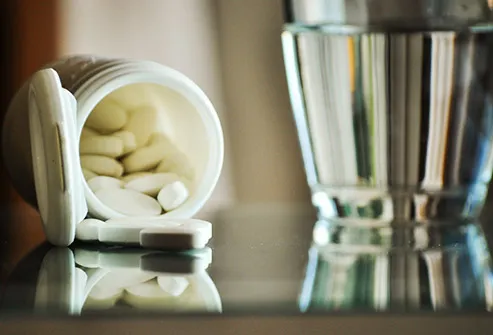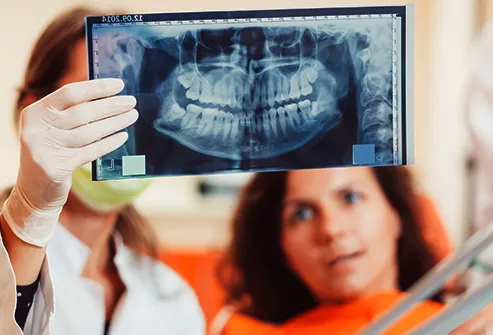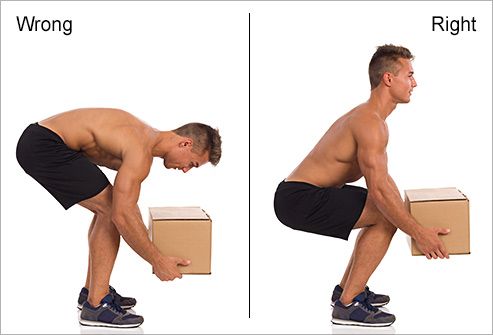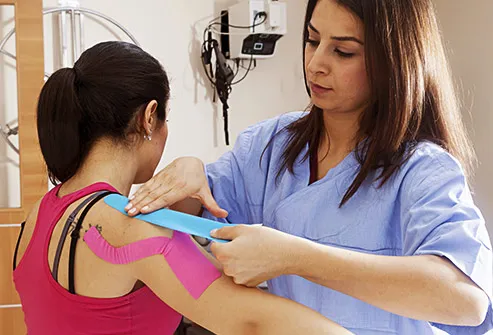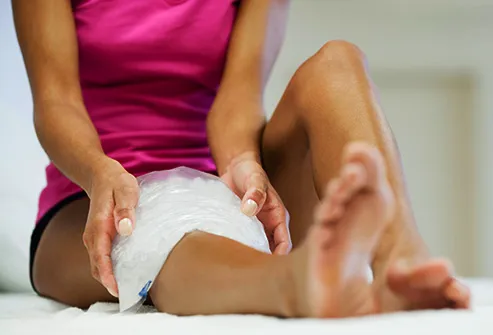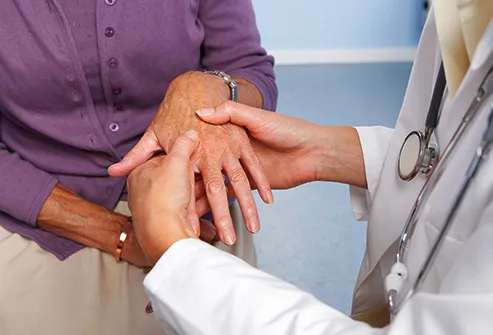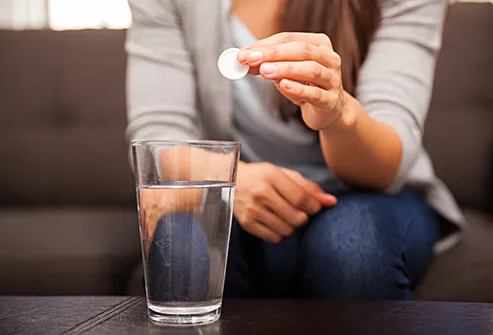Sugar Level in Human Body (fasting)
- Normal: 4.0 to 5.9 mmol/l (70 to 107 mg/dl)
- Prediabetes: 6.0 to 6.9 mmol/l (108 to 126 mg/dl)
- Diagnosis of diabetes: more than 6.9 mmol/l (126 mg/dl)
- Fasting blood sugar level must be less than 100 mg/dL.Post-prandial blood sugar level must be less than 140 mg/dL.
- Hemoglobin Levels
- Newborns: 17 to 22 gm/dL
- One (1) week of age: 15 to 20 gm/dL
- One (1) month of age: 11 to 15 gm/dL
- Children: 11 to 13 gm/dL
- Adult males: 14 to 18 gm/dL
- Adult women: 12 to 16 gm/dL
- Men after middle age: 12.4 to 14.9 gm/dL
- Women after middle age: 11.7 to 13.8 gm/dL
BLOOD TEST REFERENCE RANGE CHART
TestReference Range (conventional units*)17 Hydroxyprogesterone (Men) 0.06-3.0 mg/L 17 Hydroxyprogesterone (Women) Follicular phase 0.2-1.0 mg/L 25-hydroxyvitamin D (25(OH)D) 8-80 ng/mL Acetoacetate <3 mg/dL Acidity (pH) 7.35 - 7.45 Alcohol 0 mg/dL (more than 0.1 mg/dL normally indicates intoxication) (ethanol) Ammonia 15 - 50 µg of nitrogen/dL Amylase 53 - 123 units/L Ascorbic Acid 0.4 - 1.5 mg/dL Bicarbonate 18 - 23 mEq/L (carbon dioxide content) Bilirubin Direct: up to 0.4 mg/dL
Total: up to 1.0 mg/dLBlood Volume 8.5 - 9.1% of total body weight Calcium 8.2 - 10.6 mg/dL (normally slightly higher in children) Carbon Dioxide Pressure 35 - 45 mm Hg Carbon Monoxide Less than 5% of total hemoglobin CD4 Cell Count 500 - 1500 cells/µL Ceruloplasmin 15 - 60 mg/dL Chloride 98 - 106 mEq/L Complete Blood Cell Count (CBC) Tests include: hemoglobin, hematocrit, mean corpuscular hemoglobin, mean corpuscular hemoglobin concentration, mean corpuscular volume, platelet count, white Blood cell count
Please click each to view an individual test value.Copper Total: 70 - 150 µg/dL Creatine Kinase (CK or CPK) Male: 38 - 174 units/L
Female: 96 - 140 units/LCreatine Kinase Isoenzymes 5% MB or less Creatinine 0.6 - 1.2 mg/dL Electrolytes Test includes: calcium, chloride, magnesium, potassium, sodium
Please click each to view an individual test value.Erythrocyte Sedimentation Rate (ESR or Sed-Rate) Male: 1 - 13 mm/hr
Female: 1 - 20 mm/hrGlucose Tested after fasting: 70 - 110 mg/dL Hematocrit Male: 45 - 62%
Female: 37 - 48%Hemoglobin Male: 13 - 18 gm/dL
Female: 12 - 16 gm/dLIron 60 - 160 µg/dL (normally higher in males) Iron-binding Capacity 250 - 460 µg/dL Lactate (lactic acid) Venous: 4.5 - 19.8 mg/dL
Arterial: 4.5 - 14.4 mg/dLLactic Dehydrogenase 50 - 150 units/L Lead 40 µg/dL or less (normally much lower in children) Lipase 10 - 150 units/L Zinc B-Zn 70 - 102 µmol/L Lipids: Cholesterol Less than 225 mg/dL (for age 40-49 yr; increases with age) Triglycerides 10 - 29 years 53 - 104 mg/dL 30 - 39 years 55 - 115 mg/dL 40 - 49 years 66 - 139 mg/dL 50 - 59 years 75 - 163 mg/dL 60 - 69 years 78 - 158 mg/dL > 70 years 83 - 141 mg/dL Liver Function Tests Tests include bilirubin (total), phosphatase (alkaline), protein (total and albumin), transaminases (alanine and aspartate), prothrombin (PTT)
Please click each to view an individual test value.Magnesium 1.9 - 2.7 mEq/L Mean Corpuscular Hemoglobin (MCH) 27 - 32 pg/cell Mean Corpuscular HemoglobinConcentration (MCHC) 32 - 36% hemoglobin/cell Mean Corpuscular Volume(MCV) 76 - 100 cu µm Osmolality 280 - 296 mOsm/kg water Oxygen Pressure 83 - 100 mm Hg Oxygen Saturation (arterial) 96 - 100% Phosphatase, Prostatic 0 - 3 units/dL (Bodansky units) (acid) Phosphatase 50 - 160 units/L (normally higher in infants and adolescents) (alkaline) Phosphorus 3.0 - 4.5 mg/dL (inorganic) Platelet Count 150,000 - 350,000/mL Potassium 3.5 - 5.4 mEq/L Prostate-Specific Antigen (PSA) 0 - 4 ng/mL (likely higher with age) Proteins: Total 6.0 - 8.4 gm/dL Albumin 3.5 - 5.0 gm/dL Globulin 2.3 - 3.5 gm/dL Prothrombin (PTT) 25 - 41 sec Pyruvic Acid 0.3 - 0.9 mg/dL Red Blood Cell Count (RBC) 4.2 - 6.9 million/µL/cu mm Sodium 133 - 146 mEq/L Thyroid-Stimulating Hormone (TSH) 0.5 - 6.0 µ units/mL Transaminase: Alanine (ALT) 1 - 21 units/L Aspartate (AST) 7 - 27 units/L Urea Nitrogen (BUN) 7 - 18 mg/dL BUN/Creatinine Ratio 5 - 35 Uric Acid Male 2.1 to 8.5 mg/dL (likely higher with age) Female 2.0 to 7.0 mg/dL (likely higher with age) Vitamin A 30 - 65 µg/dL WBC (leukocyte count and white Blood cell count) 4.3-10.8 × 103/mm3 White Blood Cell Count (WBC) 4,300 - 10,800 cells/µL/cu mm *Please visit our measurement and abbreviation pages. 
 Blood Test Kits
Blood Test Kits 
 View "What Does My Blood Test Mean Pages?"
View "What Does My Blood Test Mean Pages?" 
There is more about Blood, indexed by category, Please CLICK HERE.
BODY SURFACE AREA CALCULATOR(weight (kg) x 0.425) x (height (cm) x 0.725)139.315

IDEAL BODY WEIGHT CALCULATORMale: 50 Kg + (# inches > 5 ft x 2.3) Female: 45.5 Kg + (# inches > 5 ft x 2.3) 
